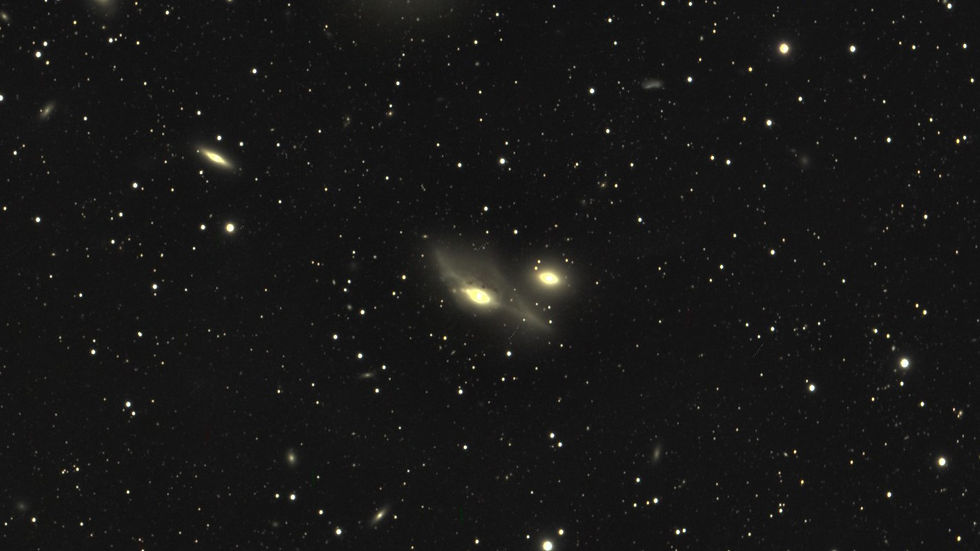
Figure 1: Markarian’s Chain, centred on Markarian’s Eyes. Image from Lac Teeples, May 21, 2023.

Figure 2: Markarian’s Chain, centred on Markarian’s Eyes. Image from Lac Teeples, May 21, 2023. This is a cropped version of Figure 1 showing the Eyes in greater detail.
Our planet, Earth, is one of many planets orbiting a star we call the Sun. Our Sun is in a spiral arm of our Galaxy, the Milky Way. The Milky Way has a few hundred billion stars. Our sun is not particularly significant among these hundreds of billions.
The Milky Way is part of a group of galaxies occupying one part of space that we call the “local group”. The Andromeda galaxy and the Magellanic Clouds (visible in the South) are part of this group. Our home galaxy and Andromeda are the largest members of the local group with the Triangulum Galaxy the third largest.
The local group is part of a larger collection of galaxies known as the Virgo Supercluster. There are over 100 galaxies or small clusters of galaxies within the Virgo Supercluster. Our local group of galaxies is only around 1% of this Supercluster. It is estimated that there are over 10 million superclusters like the Virgo Supercluster in the observable universe.
As the Hitchhiker’s Guide to the Galaxy noted, “Space is big. Really big. You just won’t believe how vastly hugely mindboggingly big it is.”
The image here is of “Markarian’s Chain” a “chain” of galaxies that are part of the Virgo Supercluster. These galaxies are not close enough to us to be part of the local group but they are in our general area on the scale of the universe. They appear in the constellation Virgo.
Most of the galaxies seen in this image (there are MANY galaxies in this image) are in the same region of space and are bound together to some degree by gravity. They are not just in the same line of sight. It was astronomer Benjamin Markarian who discovered that most of these galaxies were bound together.
In the centre of the image are two interacting galaxies known as “The Eyes”, or “Markarian’s Eyes”. The galaxies are NGC4435 and NGC4438 and they are interacting, causing bursts of star formation and trails of stars pulled away from the galaxies into space. They are also likely interacting with another nearby (M86). M86 is the bright elliptical seen just above centre in Figure 1.
This image of Markarian’s Chain was captured at Lac Teeples on May 21, 2023. The telescope was the RASA-11 and the camera was the ZWO ASI-6200MC colour camera.

Комментарии